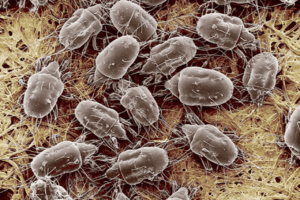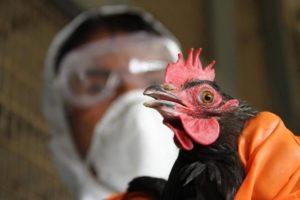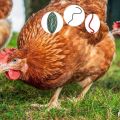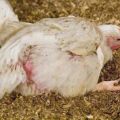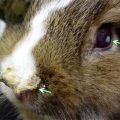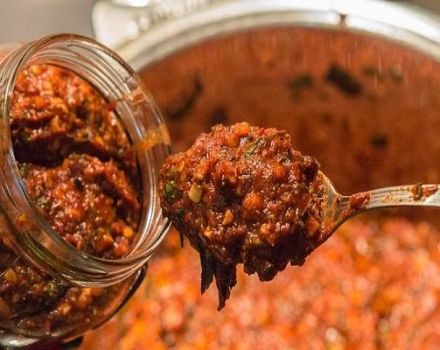Symptoms and treatment of pasteurellosis in domestic chickens
A dangerous and rapidly spreading disease among poultry, the disease must be detected by the breeder in time. Timely started treatment will prevent its spread and preserve the livestock population. Therefore, it is important to distinguish the symptoms of pasteurellosis in domestic chickens from other diseases even in the early stages of the disease, to know how to prevent it and how to deal with it.
Characteristics of the disease
This disease, also called chicken cholera, is widespread throughout the world. It is transmitted through the digestive and respiratory tract, as well as through damaged areas of the skin, then spreading with the blood throughout the body.
Pasteurellosis is caused by bacteria of the Pasterella multocida and Pasterella Haemolytica species, which are poorly resistant to high temperatures and disinfectants. Not only poultry, but also other small animals are susceptible to the disease. The infection can also be transmitted to humans.
Pasteurellosis is especially dangerous for eggs and chickens. The infected embryo not only dies on its own within 1.5 weeks, but also transmits the infection to other eggs through the shell. If death did not occur (when the future chick is infected with non-aggressive Pasteurella species), the hatched chick from birth is a carrier of pasteurellosis, which is dangerous for fellows.
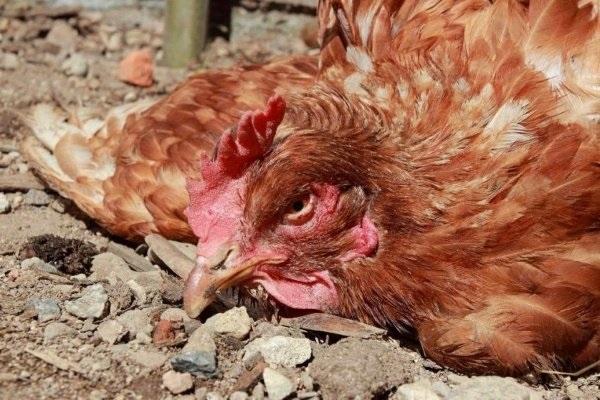
Causes of occurrence
The infection spreads along with food and water contaminated with bacteria, with the bites of sick animals (mice, dogs), insects (gadflies, mosquitoes) and parasites (bird ticks), through the remains of the bodies of dead animals, by airborne droplets, less often by contact with the patient's manure livestock.
The most dangerous is infection from a dead infected bird. Their too close presence in the same room has a bad effect on the health of chickens.
The cool, humid weather observed in spring and winter is favorable for the development of bacteria.

Symptoms of the disease
The incubation period of the disease lasts from several hours to 4 days.
Then the following symptoms appear:
- heavy intermittent breathing;
- discharge from the nasal cavity of the beak;
- darkening of the beard and comb;
- decreased appetite against the background of severe thirst;
- decrease in the number of eggs.
Symptoms of the disease can appear either gradually or all at once.
Pasteurellosis in birds can occur in three forms: hyperacute, acute and chronic. Each form is characterized by its own symptoms and features of the course.
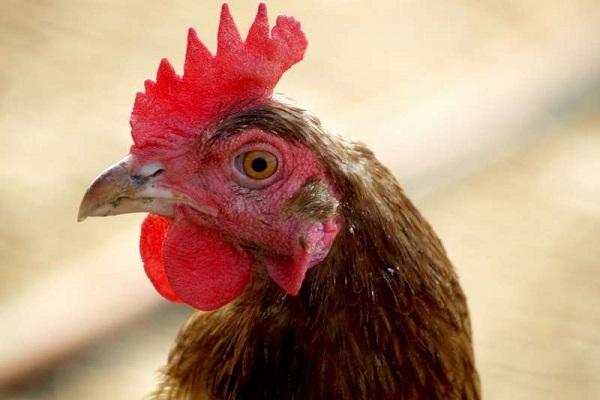
Hyperacute
The hyperacute form of the disease leads to the massive death of birds.In this case, there are no symptoms, the infected individual suddenly closes its eyes and falls to the ground, dying. This form of the disease affects mainly waterfowl, but it can also be in chickens.
Sharp
The acute form is characterized by the sudden onset of symptoms of the disease. The temperature of the chicken rises to 44C, green diarrhea appears, containing bloody blotches, the bird breathes heavily, drinks a lot and refuses to eat.
The disease can quickly spread to all livestock. With this course of the disease, chickens die within 1-3 days. The surviving individuals remain carriers of pasteurellosis for life. With timely medical measures taken, up to 70% of the livestock can survive.
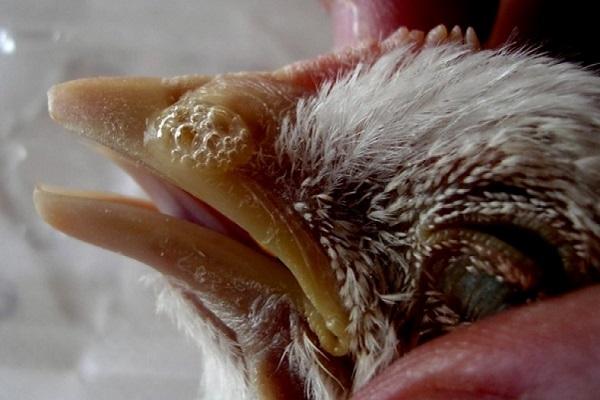
Chronic
After the acute form, as well as when the non-aggressive type of Pasteurella enters the body, chickens develop a chronic form of the disease. You can notice this by the following signs:
- emaciation of the bird;
- heavy breathing, nasal discharge;
- poor appetite;
- swelling of the limbs, crest, pain on movement;
- inflammation of the eyes;
- the formation of bumps on the head;
- decrease in egg production.
With this form of the disease, chickens live for several months. With proper treatment, recovery occurs, but the bird remains a carrier of bacteria for life.
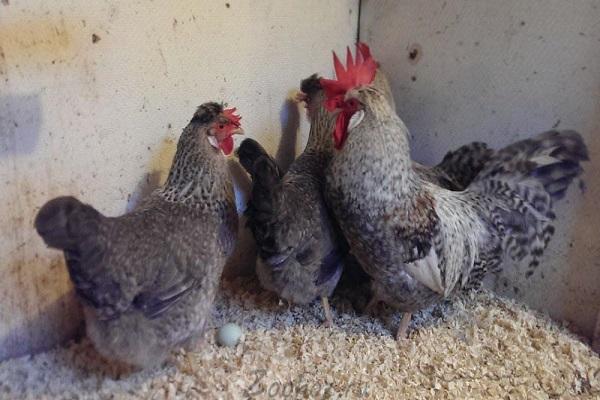
Methods for diagnosing the problem
Since the symptoms of pasteurellosis are similar to those of other chicken diseases (bird flu, salmonella), it is difficult to identify the disease based on external signs alone. The diagnosis is made either on the basis of a pathological examination of a dead chicken, or after a laboratory analysis of organ particles from dead individuals.
Therefore, if even single symptoms occur in an individual, it is isolated from the rest as soon as possible, and the use of medications is immediately started.
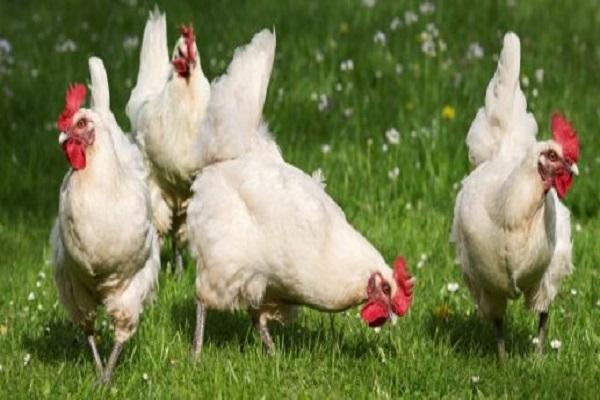
How to cure Pasteurellosis in chickens
Treatment of pasteurellosis is carried out with antibiotics and special serum. In this case, the bird needs a dry warm room and enhanced nutrition. The effect will be achieved only if the drugs were applied within the first 2 hours after the onset of symptoms. In factories and large farms, diseased chickens are immediately killed and disposed of. The eggs of sick individuals are also subject to destruction.
The latest developments in the treatment of pasteurellosis in chickens are Cobactan, Trisulfone and Levoerythrocycline.
Cobactan
A new generation antibiotic, available in the form of injectable suspensions. Introduced once a day intramuscularly for 3-5 days. The dosage is agreed with the veterinarian. After the introduction, you need to monitor the condition of the bird, as allergic reactions are possible.
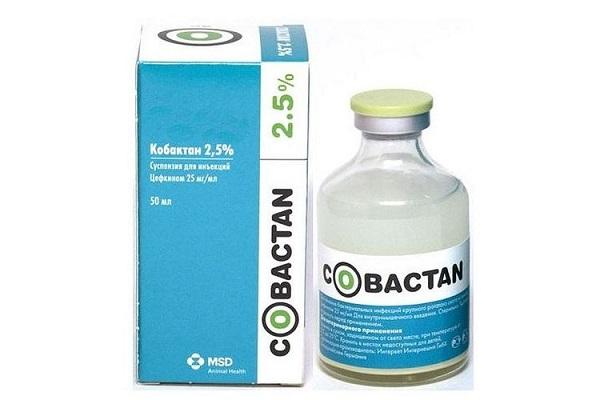
Trisulfone
Antibacterial drug in the form of a white powder. It is given to the bird together with drinking water for at least 5 days. The solution must be prepared daily. The eggs of hens taking the medication must not be eaten.
Levoerythrocycline
Complex preparation in the form of a viscous dark liquid. Introduced intramuscularly for 5 days. It can be used for both treatment and prevention. The dosage is determined by the doctor.
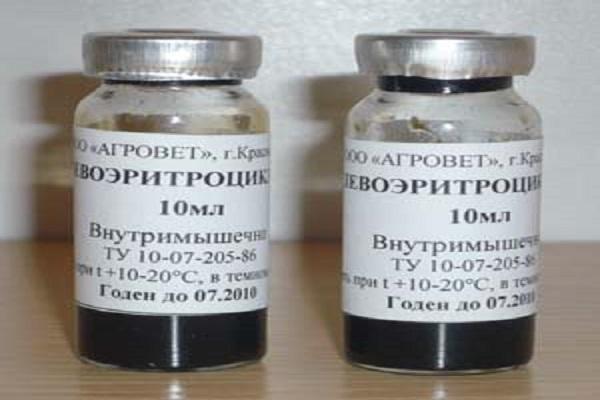
Tetracycline and Doxycycline
Broad spectrum antibiotics, classically used to treat pasteurellosis. Injected intramuscularly, the dose is determined by the veterinarian. Can be used topically as an ointment to treat skin lesions and eye infections.
Forecasts and treatment times
Pasteurellosis is considered an incurable disease.
Even if the chicken does not die, it remains a carrier of the bacillus for life. Only preventive treatment of healthy individuals makes sense. The course takes five or more days.
Vaccines and vaccinations
Disease prevention is the most effective way to combat pasteurellosis. The following drugs are used for vaccination:
- Avivak-Postavak or Avivak in the form of a suspension;
- Diavak;
- VGIIVIP (suspension).
They begin to vaccinate chickens from one month of age. After that, immunity to Pasteurella develops in the bird within six months.
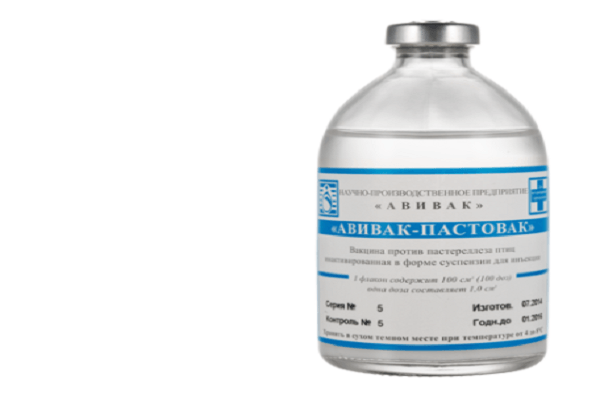
Together with vaccines for the prevention of chickens, they give Floron, Avidox or Norsulfazole, add antibiotics (chloramphenicol, doxycycline, tetracycline) to the feed, use other antibacterial drugs. Vaccination is recommended only in areas unfavorable to pasteurellosis.
Possible consequences
In case of frequent epidemics of chicken cholera, it is recommended to stop breeding birds for several years.

Danger to people
Upon contact with sick chickens, a person can also catch pasteurellosis through microcracks in the skin.
Therefore, it is important to be in an infected chicken coop only in special clothing and gloves.
At the first suspicion of infection, an urgent need to contact a medical organization.
Despite the fact that Pasterella dies during heat treatment, and cooked chicken meat is not dangerous for humans, it is still recommended to dispose of the carcasses of sick birds. This is due to the fact that it is impossible to guarantee the correct preparation of meat, which means there is a risk of infection.
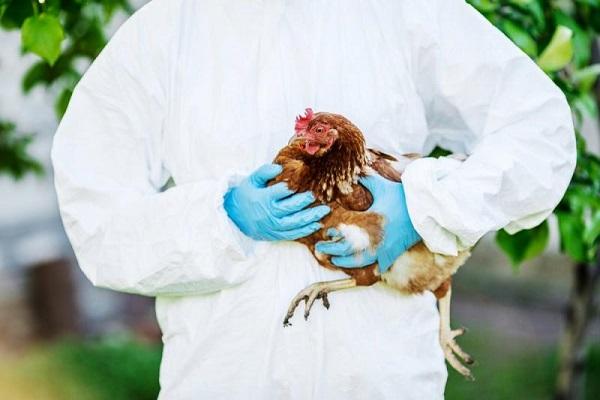
Prevention
The most effective way of prevention is the disinfection of the chicken coop. Processing takes place in the presence of chickens in order to kill bacteria in the bird's plumage. Aerosol Monclavit and its analogues are used for this.
After the first treatment, the chickens are transferred to another room, and the chicken coop is sprayed with 5% bleach. After that, the room is whitewashed. The walls and ceiling are whitewashed three times, each time allowing the previous layer to dry for an hour.
The area where chickens walk is also being processed. The grass is mowed from it, the site is left in the sun, and two weeks later, the earth is dug up with lime.
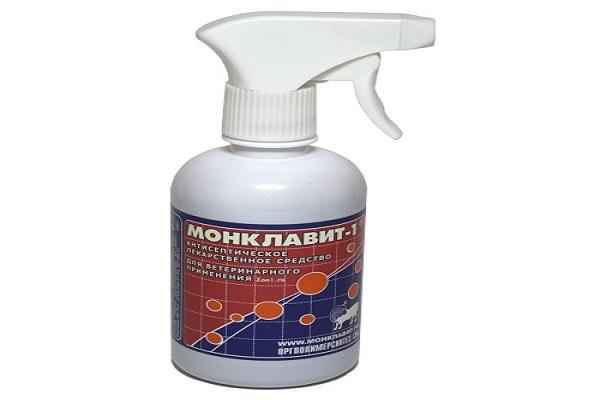
To prevent the disease, it is important to monitor the quality of water and feed, pay attention to hygienic conditions, and protect the house from possible contact with potential vectors of pasteurellosis.
Infection with pasteurellosis always causes great damage to the breeder. Because treatment is ineffective, prevention is the best way to control the disease.
